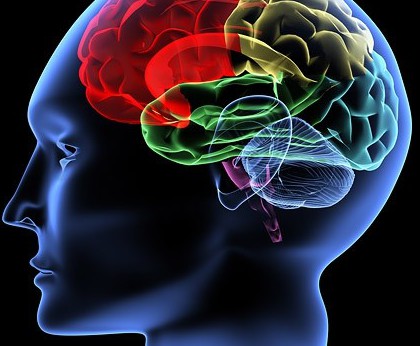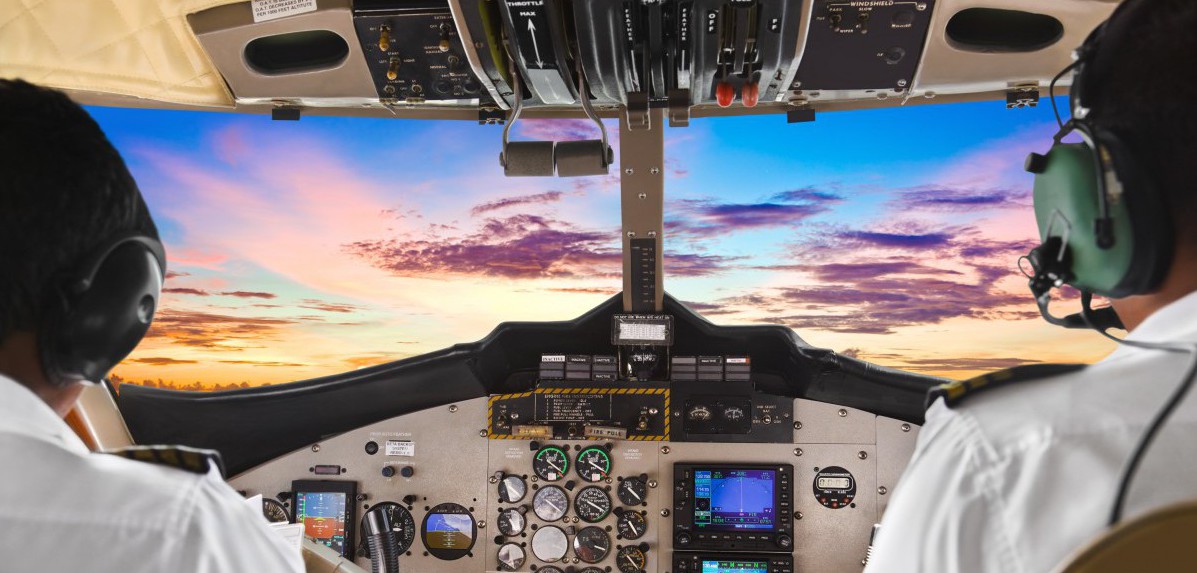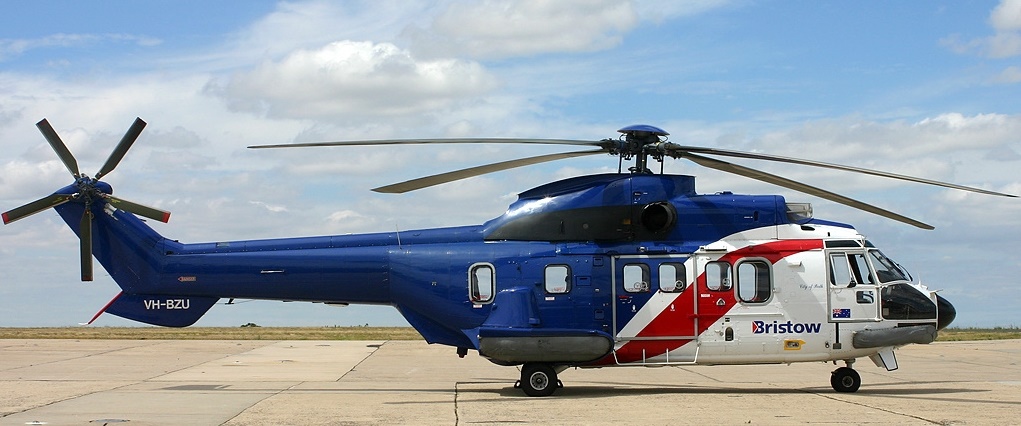WHAT DOES HUMAN FACTORS MEAN?
WHAT DOES HUMAN FACTORS MEAN?
Human factors and ergonomics is the “fit” between the user, equipment and their environments, describing the user’s capabilities and limitations in seeking to ensure that tasks, functions, information and the environment suit each user. To assess the fit between a person and the used technology, human factors specialists or ergonomists consider the job (activity) being done and the demands on the user; the equipment used (its size, shape, and how appropriate it is for the task), and the information used (how it is presented, accessed, and changed). Ergonomics draws on many disciplines in its study of humans and their environments, including anthropometry, biomechanics, mechanical engineering,industrial engineering, industrial design, information design, kinesiology, physiology, cognitive psychology, industrial and organizational psychology, and space psychology.
According to NASA, “human factors” research includes human performance, technology design, and human-computer interaction. The study of Human Systems Integration at NASA Ames Research Center focuses on the need for safe, efficient and cost-effective operations, maintenance and training, both in space, in flight and on the ground.
HUMAN FACTORS IN AVIATION TRAINING
 Human factors in aviation is a widely discussed and researched topic, among commercial and military aviation training programs. Prior to World War I, the focus of aviation psychology was on the aviator himself, but the war shifted the focus onto the aircraft, in particular, the design of controls and displays, and the effects of altitude and environmental factors on the pilot. The war saw the emergence of aeromedical research and the need for testing and measurement methods. Studies on driver behaviour started gaining momentum during this period, as Henry Ford started providing millions of Americans with automobiles. Another major development during this period was the performance of aeromedical research. By the end of World War I, two aeronautical labs were established, one at Brooks Air Force Base, Texas and the other at Wright-Patterson Air Force Base outside of Dayton, Ohio. Many tests were conducted to determine which characteristic differentiated the successful pilots from the unsuccessful ones. During the early 1930s, Edwin Link developed the first flight simulator. The trend continued and more sophisticated simulators and test equipment were developed. Another significant development was in the civilian sector, where the effects of illumination on worker productivity were examined. This led to the identification of the Hawthorne Effect, which suggested that motivational factors could significantly influence human performance.
Human factors in aviation is a widely discussed and researched topic, among commercial and military aviation training programs. Prior to World War I, the focus of aviation psychology was on the aviator himself, but the war shifted the focus onto the aircraft, in particular, the design of controls and displays, and the effects of altitude and environmental factors on the pilot. The war saw the emergence of aeromedical research and the need for testing and measurement methods. Studies on driver behaviour started gaining momentum during this period, as Henry Ford started providing millions of Americans with automobiles. Another major development during this period was the performance of aeromedical research. By the end of World War I, two aeronautical labs were established, one at Brooks Air Force Base, Texas and the other at Wright-Patterson Air Force Base outside of Dayton, Ohio. Many tests were conducted to determine which characteristic differentiated the successful pilots from the unsuccessful ones. During the early 1930s, Edwin Link developed the first flight simulator. The trend continued and more sophisticated simulators and test equipment were developed. Another significant development was in the civilian sector, where the effects of illumination on worker productivity were examined. This led to the identification of the Hawthorne Effect, which suggested that motivational factors could significantly influence human performance.
World War II marked the development of new and complex machines and weaponry, and these made new demands on operators’ cognition. It was no longer possible to adopt the Tayloristic principle of matching individuals to preexisting jobs. Now the design of equipment had to take into account human limitations and take advantage of human capabilities. The decision-making, attention, situational awareness and hand-eye coordination of the machine’s operator became key in the success or failure of a task. There was substantial research conducted to determine the human capabilities and limitations that had to be accomplished. A lot of this research took off where the aeromedical research between the wars had left off. An example of this is the study done by Fitts and Jones (1947), who studied the most effective configuration of control knobs to be used in aircraft cockpits.
Much of this research transcended into other equipment with the aim of making the controls and displays easier for the operators to use. The entry of the terms “human factors” and “ergonomics” into the modern lexicon date from this period. It was observed that fully functional aircraft flown by the best-trained pilots, still crashed. In 1943 Alphonse Chapanis, a lieutenant in the U.S. Army, showed that this so-called “pilot error” could be greatly reduced when more logical and differentiable controls replaced confusing designs in airplane cockpits. After the war, the Army Air Force published 19 volumes summarizing what had been established from research during the war.
In the decades since World War II, HF&E has continued to flourish and diversify. Work by Elias Porter and others within the RAND Corporation after WWII extended the conception of HF&E. “As the thinking progressed, a new concept developed—that it was possible to view an organization such as an air-defense, man-machine system as a single organism and that it was possible to study the behavior of such an organism. It was the climate for a breakthrough.” In the initial 20 years after the World War II, most activities were done by the “founding fathers”: Alphonse Chapanis, Paul Fitts, and Small.
HUMAN FACTORS INVESTIGATIONS
- Attention & distraction
- Conspicuity
- Control & display design
- Driver behavior
- Drowsy driving & inattention
- Expectancy & guidance
- Fatigue & sleep deprivation
- Human Error
- Lighting levels
- Memory & knowledge
- Night vision
- Noise levels
- Open & obvious
- Product design
- Risk perception
- Slips, trips & falls
- Stress & fatigue
- Training & instructions
- Vision & hearing
- Warning adequacy
- Workplace safety
Sources cited: Robson Forensic, Inc.; Wikipedia














